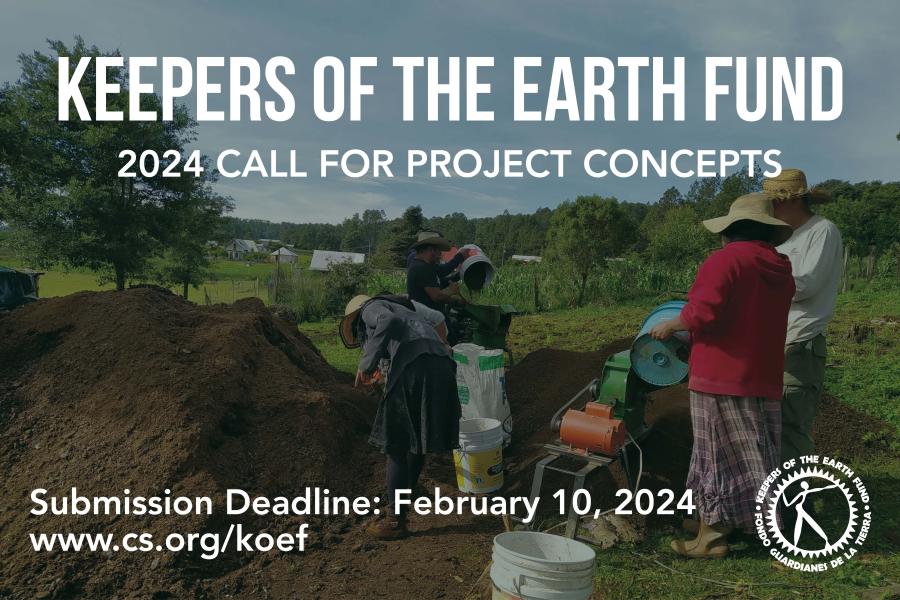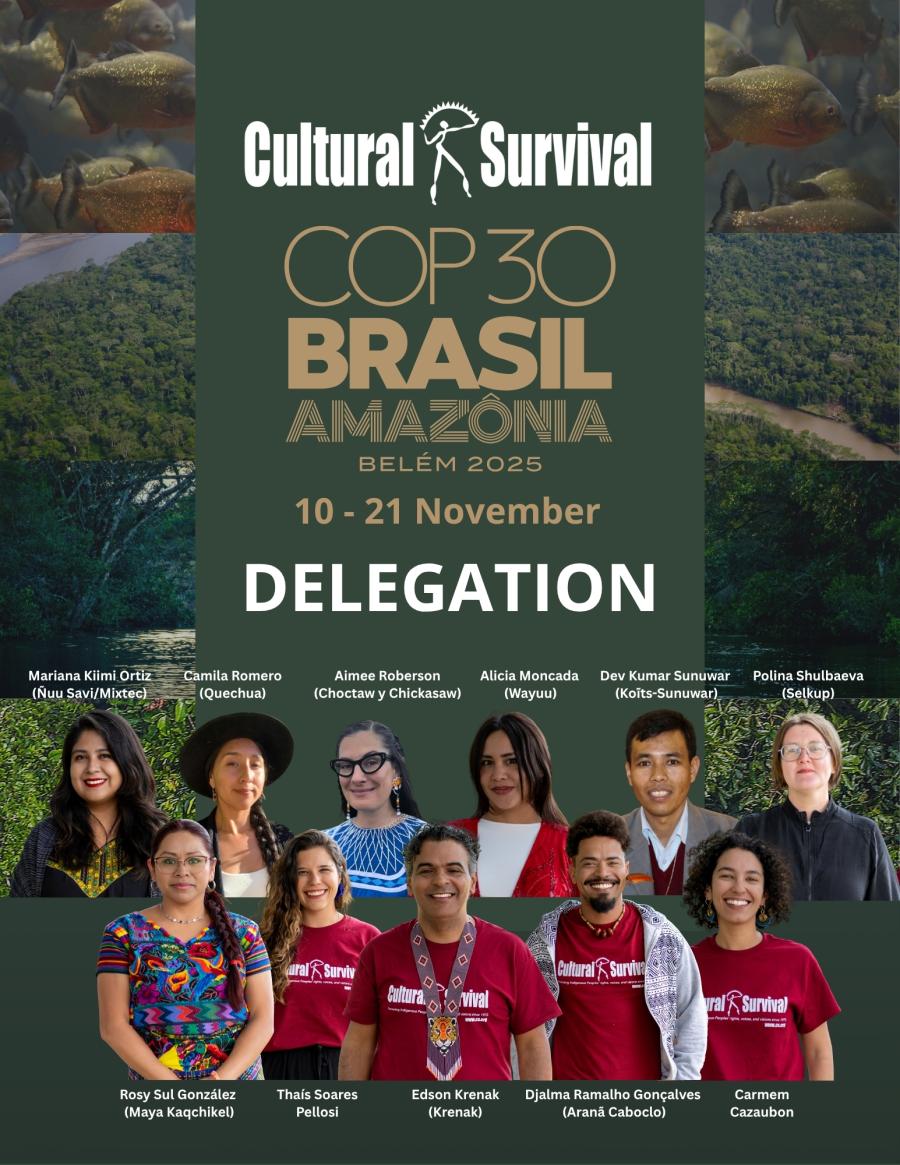
For millennia, the change in celestial time has been a mystery and a celebration in many cultures around the world. In the Mayan world, Maya communities incorporated solar calendars into the design of their cities. The Kukulkan temple in Chichen Itza, Quetzalcóatl, the Aztec god of the sun and wind that emerges during the spring equinox are just a few examples of the relationship Maya people have with the universe. The winter and summer solstices are a time of celebration for many Indigenous communities around the globe, who are impacted by the shift of the season. Mayan Peoples celebrate them as a change in their crops, the beginning of something new, and a moment to connect with the greater spirits of the universe. In the nations of the northern hemisphere, offerings and ceremonies are done. In Indigenous worldviews, we experience the Earth's motions within ourselves where ceremonies and celebrations are interwoven with all our living relatives and relatives of the universe. We honor the cycles of decay and birth as the Earth rotates, passing from one season to another because it affects our bodies and relationship with all our relatives.

On this day in the northern hemisphere, the shortest period of sunlight occurs. It is a moment to settle into the bedding of the Earth, tucked beneath the layers of the cold darkness, and to draw in the warmth of the breath to share stories. Storytelling is most prominent during this dark period as it sparks the imagination, generates laughter and truth, and warms the heart, mind, and spirit. As the creatures hibernate, stories emerge to pay homage to the animals. It is also a time to sing, dance, and hold feasts and ceremonies with the community, calling in the sacredness and aligning our minds, hearts, and spirits as the sun aligns with the Earth in a circular motion.
Winter solstice also marks a beginning, when the warmth and light gradually increase each day to welcome the cycle of the next season. It is a moment to reflect inward with intention and gratitude for the harvest produced during the warmer days and give thanks to the ancestors for guiding this process of nourishment. We welcome together the motions of the Earth and come together as a community to renew our spirits and honor all our relations, giving thanks to the creator for its gifts, and preparing for the new agricultural cycle.
Join us in supporting Indigenous Peoples’ spiritual practices and honoring their celebrations on this sacred day of the Winter Solstice.
Top photo by bibliobess.



